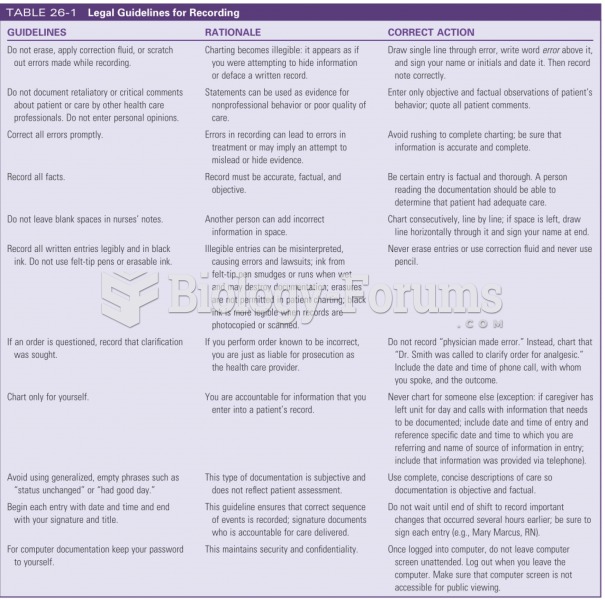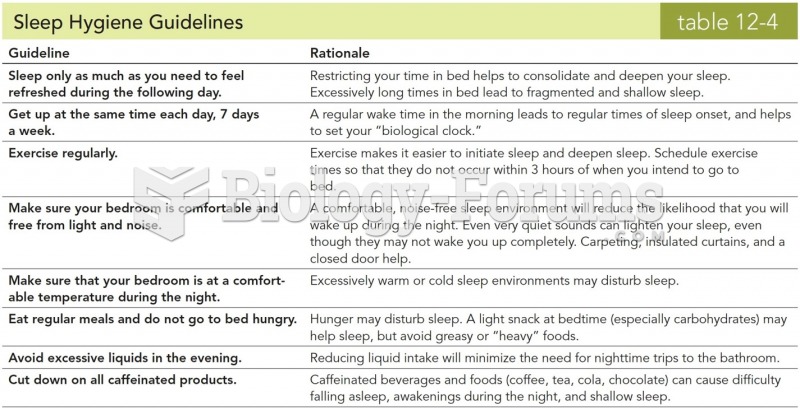Answer to Question 1
The interviewing process does not end with the close of the interview. A final and crucial step in the process involves summarizing the results of the interview for the legal team working on the case. As a paralegal, you are likely to create an intake memorandum following each initial client interview.
If the firm has a prepared intake form for particular types of cases, the completed form might constitute the interview summary. Information obtained during any subsequent interviews with a client should be analyzed and summarized in a memo for your supervising attorney or other team members to review and for later inclusion in the client's file.
Your interview summary should be created immediately after the interview, while the session is still fresh in your mind. When summarizing the results of a client interview, carefully review your notes and, if the session was recorded, review the file. Never rely totally on your memory of the statements made during the interview. It is easy to forget the client's specific words, and it may be important later to know exactly how the client phrased a certain comment or response. Relying on memory is also risky because, as mentioned earlier, sometimes a statement that seemed irrelevant at the time of the interview may turn out to be very important to the case. Make sure that the facts are accurately recorded and are as reliable as possible. Also note your impressions of the client and the client's nonverbal behaviors.
Depending on the nature of the legal claim being made by the client, you may want to include a visual element or two in your summary. For example, if the claim
concerns an automobile accident, you might consider creating a graphic depiction of the accident to attach to the summary.
Answer to Question 2
Active listening involves not only paying close attention to what the speaker is saying but also providing appropriate feedback to show that you understand and may have sympathy for what is being said. Because people do not always say what they mean to sayor what they think they are sayingactive listening is critical to a productive interview. Active listening allows the interviewer to clarify and confirm the interviewee's statements throughout the interview.
One very effective active listening technique is for the interviewer to reflect back or mirror what the interviewee has already said. For example, after the interviewee has expressed her thoughts on a particular topic, you might say, Let me see if I understand you correctly and then summarize your impression of what she has said. If your interpretation is incorrect, the interviewee now has the opportunity to make you understand what she meant to say. This technique is useful for clarifying the person's statement. In addition, it reinforces the idea that you are listening carefully and are interested in what the interviewee has to say.
Active listening also enables the interviewer to put the person's statements into the context of the larger picture and facilitates smooth transitions between interview topics. For example, if a client gets upset during an interview, you can restate what she has told you in a way that makes the client feel that you support and identify with her. Then you might move into a discussion of a related topic that needs to be covered. The interviewer who engages in active listening can thus direct the flow of the interview according to the reactions and responses of the person being interviewed.







